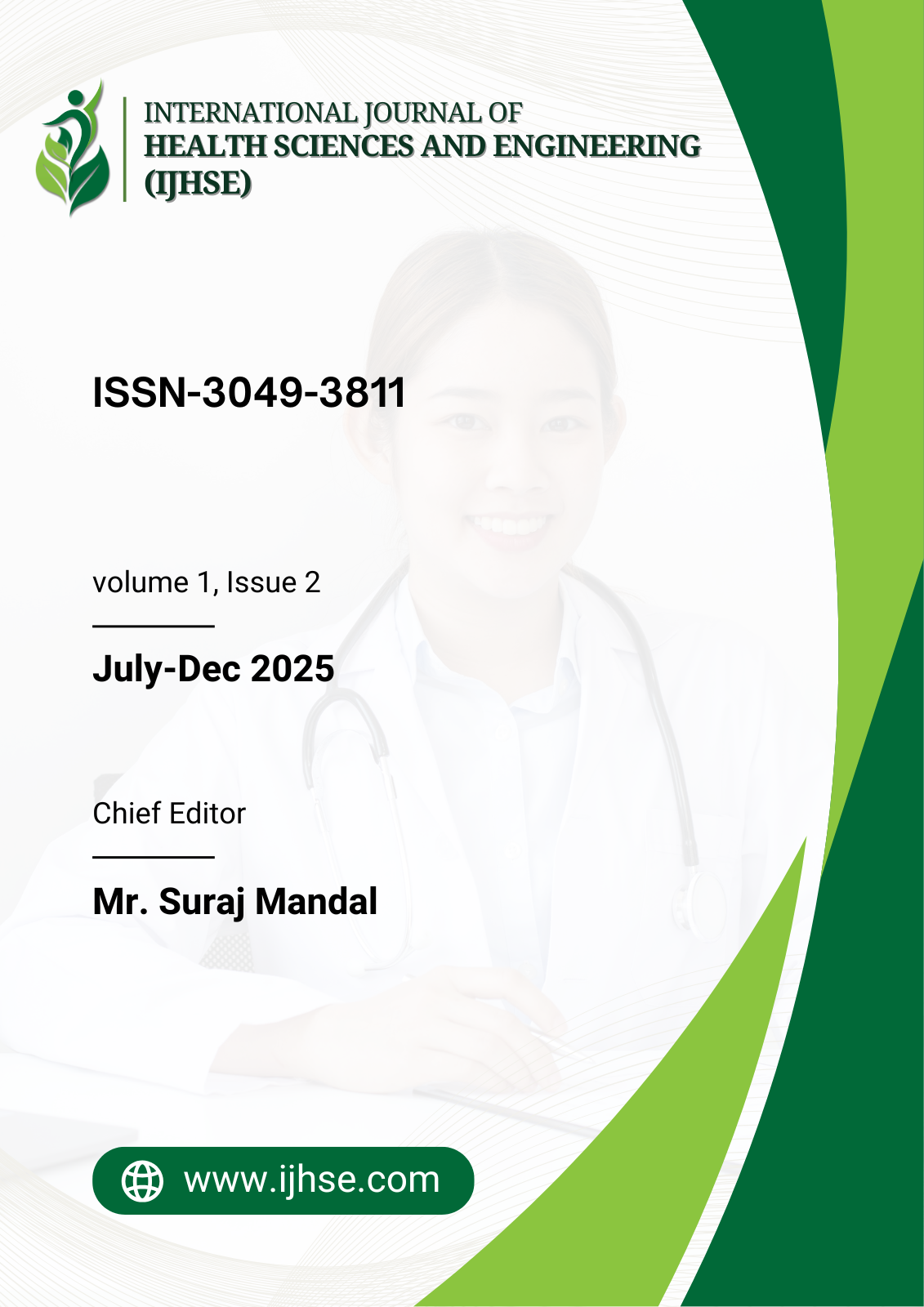Generative Healing: AI-Driven Reconstruction of Damaged Medical Images for Low-Infrastructure Healthcare
Keywords:
Generative AI, Medical Image Reconstruction, CT/MRI Restoration, Resource-Limited Hospitals, GAN, VAE, Image Inpainting, Deep Learning in HealthcareAbstract
Medical imaging plays a pivotal role in clinical diagnostics, yet in many resource-limited hospitals and rural healthcare centers, the acquisition and preservation of high-quality CT and MRI scans are often compromised due to hardware degradation, motion artifacts, transmission noise, and incomplete data capture. These issues severely impact diagnostic accuracy and limit timely medical intervention. In response, this paper presents a robust Generative AI-based reconstruction framework that virtually restores degraded or partially corrupted medical images without requiring additional scans or expensive infrastructure upgrades. The proposed system integrates a Variational Autoencoder (VAE) to model global anatomical priors, a Generative Adversarial Network (GAN) for generating visually realistic textures, and an attention mechanism that adaptively prioritizes damaged regions during reconstruction. Trained on annotated CT and MRI datasets from public repositories such as BraTS and TCIA, the model optimizes a hybrid loss function combining pixelwise, adversarial, and perceptual components to balance accuracy and realism. Extensive quantitative evaluations demonstrate the superiority of the proposed method over traditional models. It achieves a Peak Signal-toNoise Ratio (PSNR) of 31.2 dB, Structural Similarity Index (SSIM) of 0.91, Fréchet Inception Distance (FID) of 32.6, and an average Radiologist Grading Score (RGS) of 4.6 out of 5. Furthermore, the model is successfully deployed on a Raspberry Pi 4B, achieving 2.1 frames per second (FPS) inference, validating its real-time applicability in low-power settings. This framework offers a scalable, cost-effective solution to bridge the diagnostic imaging gap in under-resourced healthcare environments.










